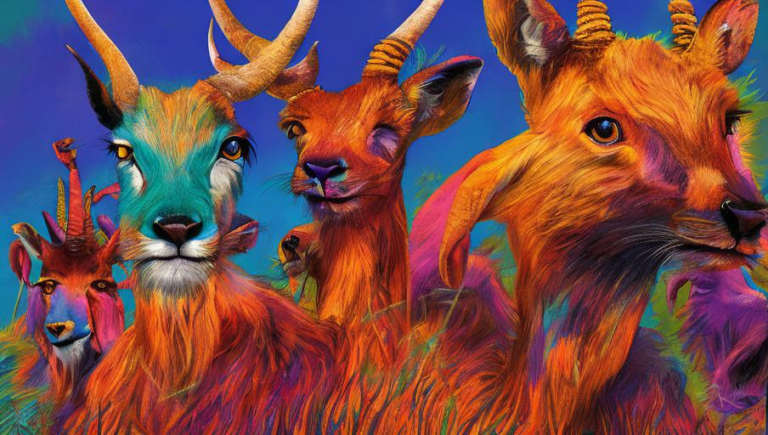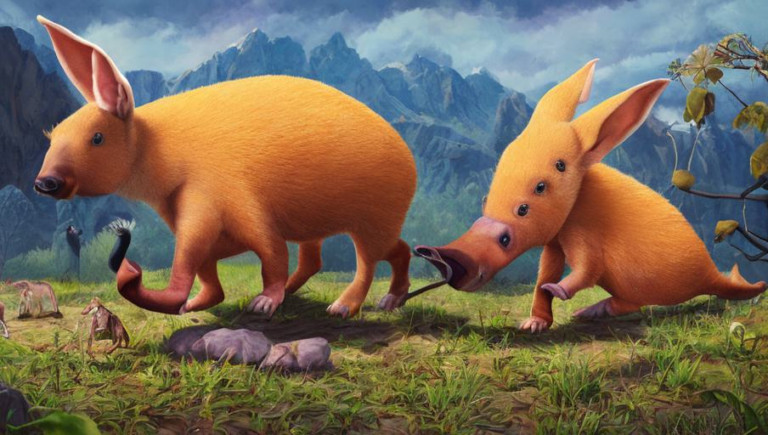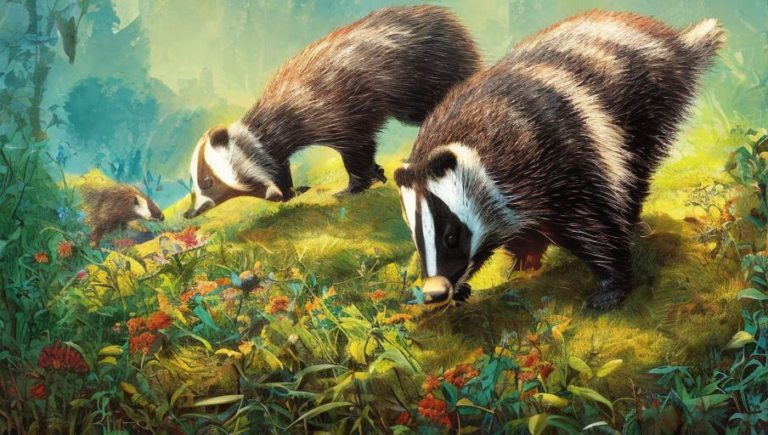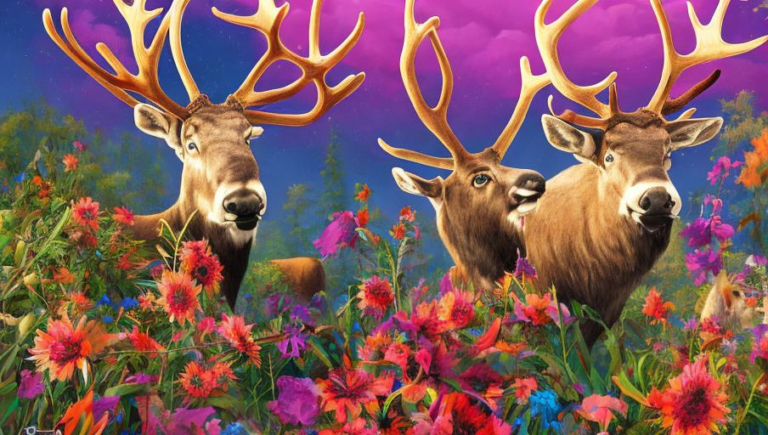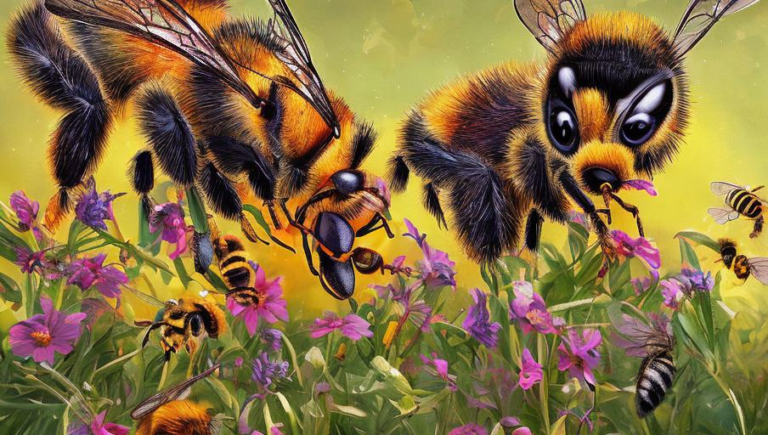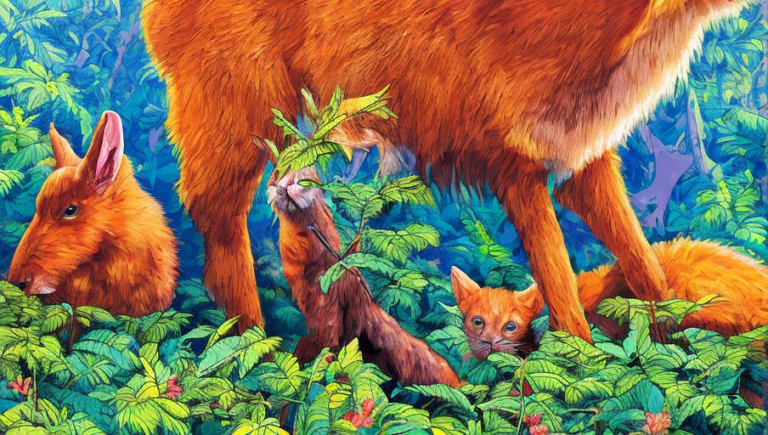Redefining the Relationship Between Humans and Cassowaries
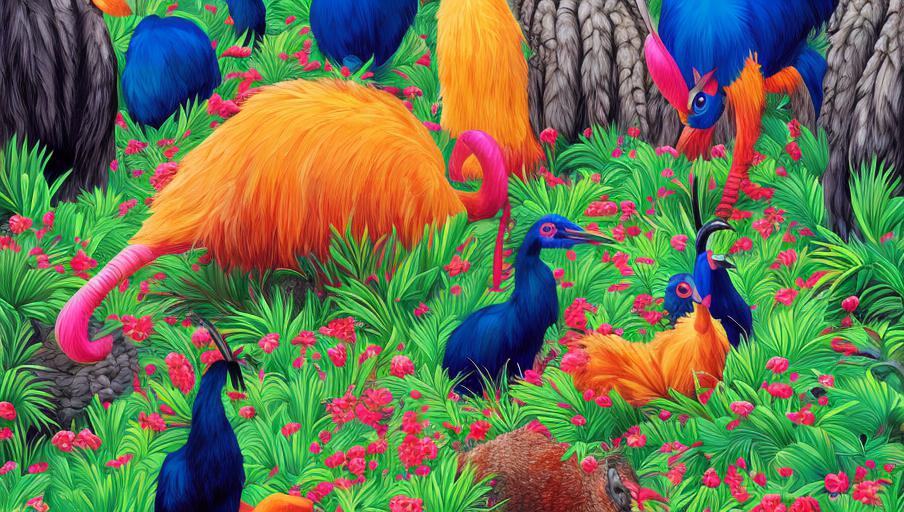
Redefining the Relationship Between Humans and Cassowaries
Cassowaries are large, flightless birds native to Australia, Papua New Guinea, and nearby islands. They are the second heaviest bird in the world after the ostrich and have been a part of the Australian landscape for thousands of years. They are highly intelligent, curious creatures and are an important part of their environment.
Cassowaries play a vital role in the environment. They help to disperse seeds, control pests and, in turn, help to maintain the delicate balance of the forests. In addition, they are also important to the cultural heritage of the region. They are regarded as sacred by some of the local tribes, and their presence is seen as a sign of good luck.
Unfortunately, their numbers have been declining due to human activities, such as habitat destruction and hunting. As a result, cassowaries are now listed as protected species in Australia and Papua New Guinea. As the human population increases, it is important to redefine the relationship between humans and cassowaries in order to ensure their survival.
Increasing Awareness
The first step in redefining the relationship between humans and cassowaries is to raise awareness. People need to be aware of the important role cassowaries play in the environment and how their actions can affect the creatures. Education campaigns run by local governments, conservation organizations, and schools can help to spread the message about the importance of protecting cassowaries.
Creating Protected Areas
The second step is to create protected areas for cassowaries. This is important because it will give the birds a safe place to live and breed without fear of human interference. It will also help to preserve the natural habitats of the creatures, allowing them to thrive and continue to play their vital role in the environment.
Reducing Human Impact
The third step is to reduce human impact on the environment. This includes activities such as logging, mining, and agricultural practices. All these activities can have a negative effect on the environment, as well as on cassowaries. By reducing human impact on the environment, it will help to ensure that cassowaries can continue to thrive in their natural habitat.
Promoting Coexistence
The fourth step is to promote coexistence between humans and cassowaries. This means that humans and cassowaries need to be able to live together without either party being threatened or harmed. This can be achieved by creating buffer zones between human activity and cassowary habitats, as well as by teaching people how to interact with the birds in a safe and respectful manner.
Conclusion
Redefining the relationship between humans and cassowaries is essential in order to ensure their survival. It is important to raise awareness of the important role cassowaries play in the environment, create protected areas for the birds, reduce human impact on the environment, and promote coexistence between humans and cassowaries. By doing so, we can ensure that cassowaries can continue to thrive in their natural habitat.
